Varieties of galvanized profiles and their use
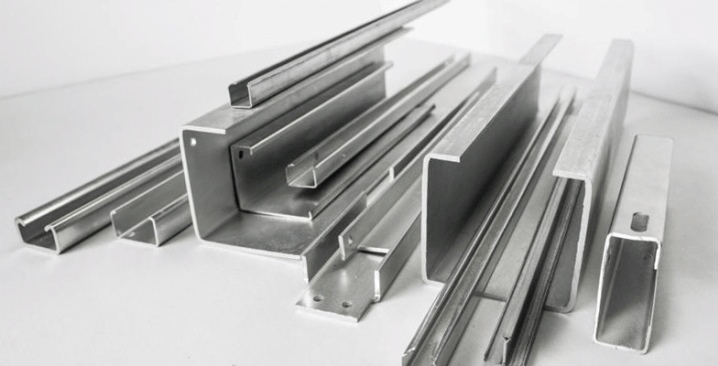
Knowing the varieties of galvanized profiles and other nuances of their use is necessary for every home craftsman and not only. There are steel profiles for frame construction and other types of 20x20, 40x20 and other sizes. The production of building profiles for roofs and other structures is also organized - all this is also worth exploring.
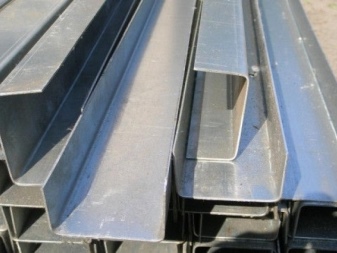
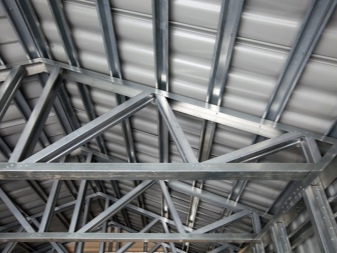
Peculiarities
High-quality galvanized profiles are increasingly used in construction and other areas. Until recently, in the early 2010s, it was believed that such material is suitable only for secondary, obviously unassuming in appearance buildings. Hangars, warehouse complexes and so on were made from it. However, the use of more and more advanced technologies has changed the situation, and now such raw materials are in demand in the construction of even capital residential buildings.
In favor of galvanized profiled products are evidenced by:
- comfortable price;
- long service life;
- reliability even with intense mechanical stress;
- ease of transportation;
- a variety of shades and basic colors;
- minimal risk of corrosive changes;
- ease of installation;
- suitability for subsequent connection with a wide variety of materials.
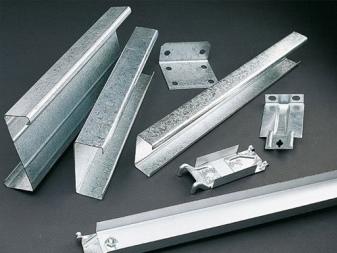
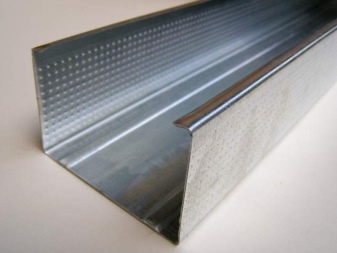
How are profiles made?
Professional production of profile structures for further galvanizing can be carried out only on the basis of high-quality raw materials. It turns out to be steel with a high carbon content or with the addition of various alloying components. In some cases, for example, St4kp or St2ps alloy is used. But there are situations when 09g2s-12 steel is needed. It perfectly tolerates the effects of negative temperatures or sea water.
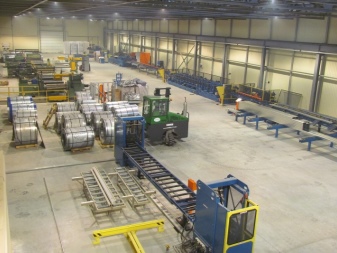

The profile manufacturing process involves the use of large warehouses and impressive lifting equipment. The minimum width of the crane lifts is 9 m. A platform must be provided for unloading trucks or even railway wagons with steel coils. The main working equipment is a profile bending machine.
In most cases, the metal is bent cold, because it is both more economical and allows you to achieve a higher surface quality; however, the hot method has its advantages, and the final decision is best made after consultation with the engineers.


Raw materials are supplied to the production lines themselves in the form of long steel belts. The thickness of these strips must be at least 0.3 mm, otherwise the quality and reliability are not guaranteed. The width is selected according to the category and purpose of a particular batch of products. There are no unambiguous standards here, and the main parameters are almost always agreed with the customers. But still, practice has shown that the ceiling profile should be made of accessories with a width of 120 mm, and for the guides, a width of 80 mm is needed.
Galvanizing can be done:
- cold (painting) method;
- using an electroplating bath;
- by hot working;
- zinc spraying using a gas-thermal technique;
- thermal diffusion method.
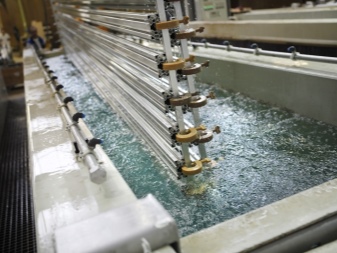
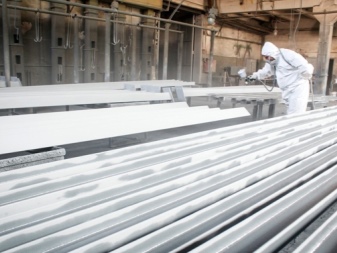
The service life of the protective coating is directly determined by the amount of zinc introduced. Of course, the selection of the method is carried out taking into account how the workpiece can be used in the future. Sometimes the same profile can combine several different types of coating (on the edges, at the ends, in sections along the length).
Hot-dip galvanizing is environmentally unsafe and uneconomical, but achieves phenomenal quality and durability. Before performing such work, the surface must be coated with a special flux and thoroughly dried.
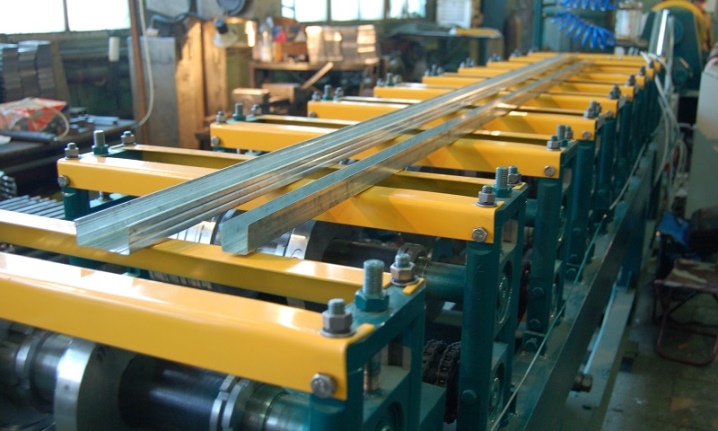
Species overview
Guides
This type of profile elements has long and consistently proven itself in the market. Its very name speaks for itself - it is the basis for attaching the main part of the profile elements to both horizontal and vertical surfaces. That is, it is what "directs" them and sets the general vector of work. The usual length of one section is 3000 or 4000 mm. But, of course, to order, modern industry can manufacture products with other dimensions.

Ceiling
This type of special bent products is often referred to as T-shaped profiles. Contrary to the name, they are attached not only to ceilings, but also to other surfaces. Such a metal construct is used mainly in the lathing format for capital finishing. Since special decorative characteristics are not needed, the assessment of profile parts by their reinforcing properties, by their ability to withstand mechanical stress and shock impacts comes to the fore.
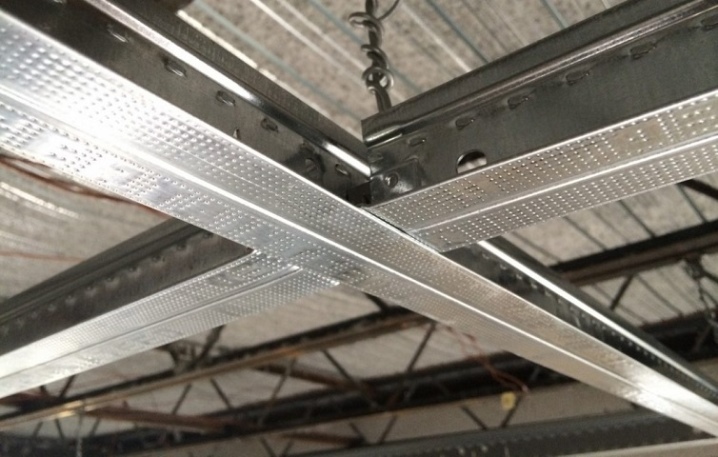
Rack
Alternative name - U-shaped metal products. This is the name of the frame created for load-bearing walls. Of course, in terms of strength characteristics, such a product must also meet the most stringent requirements and standards. Rack modules are attached to the rails, and the quality of their docking is one of the most important parameters in normal operation. Most often, such a profile is obtained by cold rolling to ensure the highest possible surface quality.
Special corrugated shelves are added to the racks for a reason. They provide increased load-bearing capacity. The length of the structure is selected in accordance with the height of the wall. In standard apartment rooms, you can simply limit yourself to this consideration.
In the case of other rooms, they are guided by the dimensions at which less scraps remain.
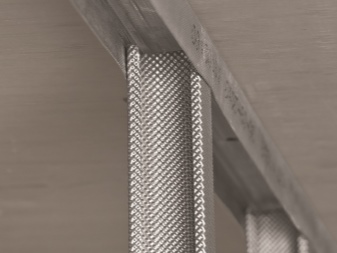
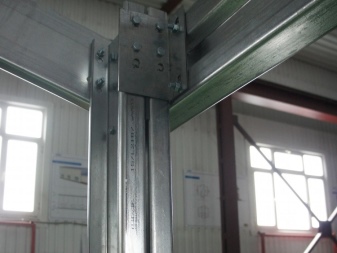
Corner
They try to use such structures when installing drywall sheets. They help to effectively shape the corners of the capital structure. In some cases, an additional mesh is glued to the surface of cold-formed products. It is designed to provide full adhesion in the final finish. The difference between the models is due to whether they are rated for wet conditions or not.
The U-shaped section is most often produced by cold rolling. The method guarantees the safety and high quality of the surface. The usual length is 2000 mm. The thickness is most often 2 mm. Finally, the warm profile is mainly used for windows and doors.
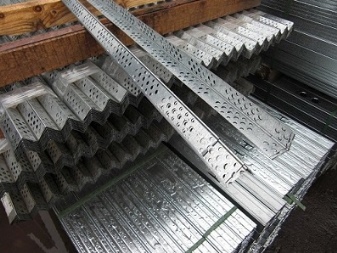

Materials (edit)
Steel metal profiles are in demand in mechanical engineering and various other areas of production. This is a relatively cheap material. In most cases, products are still prepared from steel with a zinc layer. It is much more reliable and stable. Compared to aluminum, it is a stronger material.
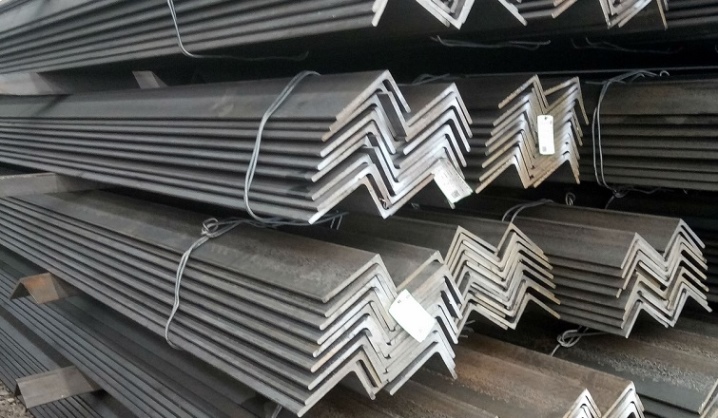
Dimensions and weight
The parameters are highly dependent on the dimensions of the product. So, a profile material with a section of 20x20 and a thickness of 1 mm weighs 0.58 kg. Modification 150x150 according to GOST has a mass of 22.43 kg (with a metal layer of 0.5 cm). Other options (in kilograms):
- 40x20 by 0.2 cm (or, which is the same, 20x40) - 1.704;
- 40x40 (0.3) - 3 kg 360 g;
- 30x30 (0.1) - 900 g;
- 100x50 (with a thickness of 0.45) - exactly 2.5 kg.
In some cases, 100x20 profiles are used - and this is a completely justified option. Other versions:
- 50x50 with a thickness of 2 mm - 2 kg 960 g per 1 running meter. m;
- 60x27 (popular Knauf product, weighing 600 g per 1 running meter);
- 60x60 with a layer of 6 mm - 9 kg 690 g.
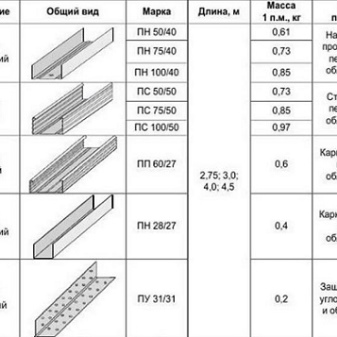
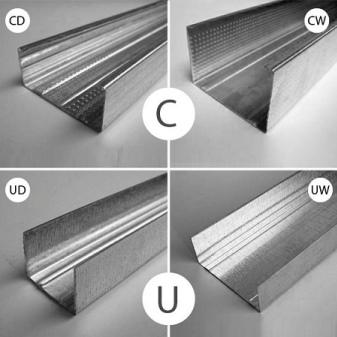
Applications
The profile with an external zinc layer is widely used for frame construction. Specialists appreciate above all that this material does not shrink. As you know, the problem of shrinkage is typical even for the best types of wood.Treatment only reduces this hazard, but does not eliminate it. A profile as a building frame for a house and a material for lathing for gypsum fiber board, drywall, chipboard and fiberboard, cement-particle boards is attractive:
- ease of installation;
- no risk of rotting and organic spoilage;
- excellent wear resistance;
- excellent compatibility with other building materials;
- the ability to use in a variety of architectural and design projects.
Often, galvanized profiles (in the format of corrugated board) are also taken for the roof. They are environmentally friendly and can provide a variety of design solutions.

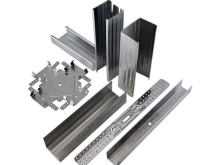
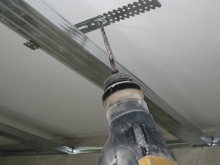
The possibilities of painting with the modern level of technology are very large. Decking confidently displaces slate. It is much stronger, more reliable and more durable, you can walk on it with complete peace of mind.
Galvanized beams of variable cross-section are also in demand. They are used in the construction of pre-fabricated buildings. Lightweight steel structures are made of metal from 1.5 to 4 mm thick. LSTK technology is unacceptable for the construction of warehouses, but it is used as temporary options for emergencies, for light private buildings and in commercial equipment. It is quite logical to use the same material in structures that are constantly in contact with the external environment:
- greenhouses;
- racks of open warehouses;
- the frame of the trailer of a car or truck.
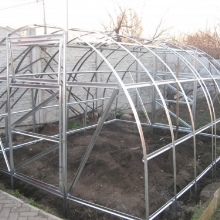
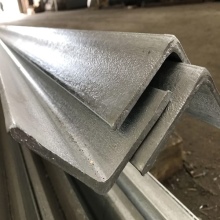
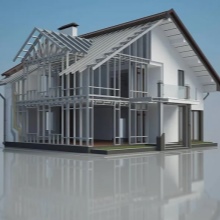













The comment was sent successfully.